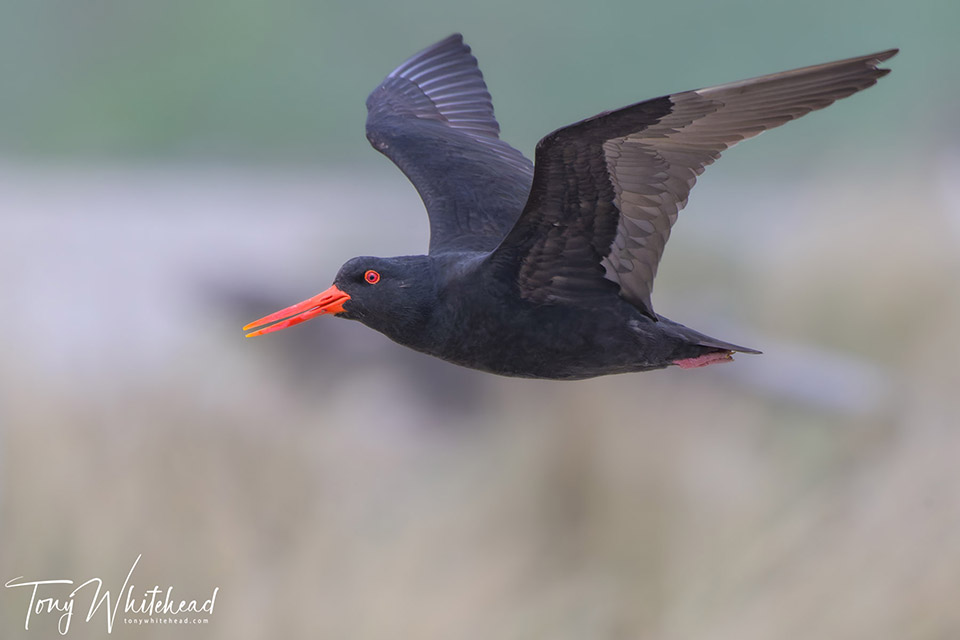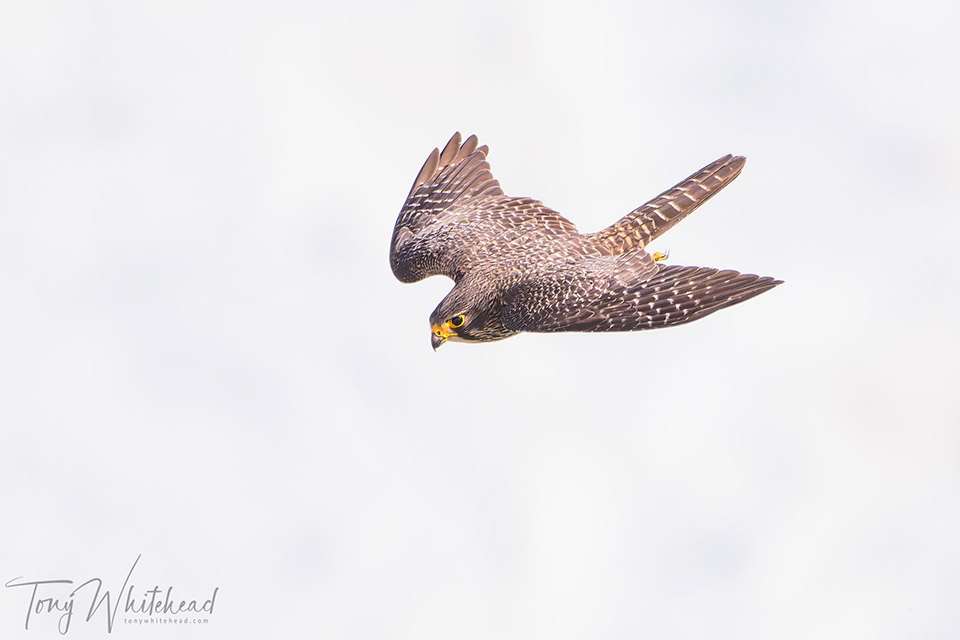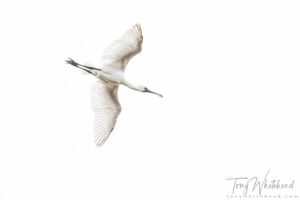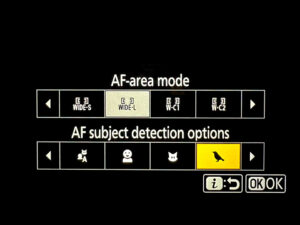I recently was contacted by a photographer wanting advice on using the Nikkor Z 180-600mm f5.6-6.3 VR with the Nikkor 1.4x teleconverter for birds in flight as they were struggling to get sharp images. As this was the only lens I had used on our recent Catlins Wildlife Tour I though I would share some of the bird in flight images with settings to address this question which may be of interest to other photographers using the combination.
Firstly, when using a teleconverter you need to accept that there is going to be an image quality impact as the teleconverter will magnify any lens flaws. This is simple physics and can’t be avoided but is significantly less of an issue with more modern lenses. I have found the Nikkor Z lenses significantly sharper than the older F mount equivalents. The issue is whether the loss of quality with a teleconverter is optically significant and that comes down to how you are wanting to process and output the image. An image for web presentation will be different to one planned for a large print and can be managed differently. The Nikkor Z 180-600 and 1.4x teleconverter can create images for any output.
If you don’t need the reach and are prepared to sacrifice a stop of light for it don’t use a teleconverter. In some cases cropping into a high res image may be a better option than using a teleconverter and sacrificing aperture and ISO. Stopping down by 2/3-1 stop can reduce the optical compromise but increase the light loss which has to be balanced by increased ISO. The rule of thumb of a noisy but sharp image is preferable to a noiseless but motion blurred image.
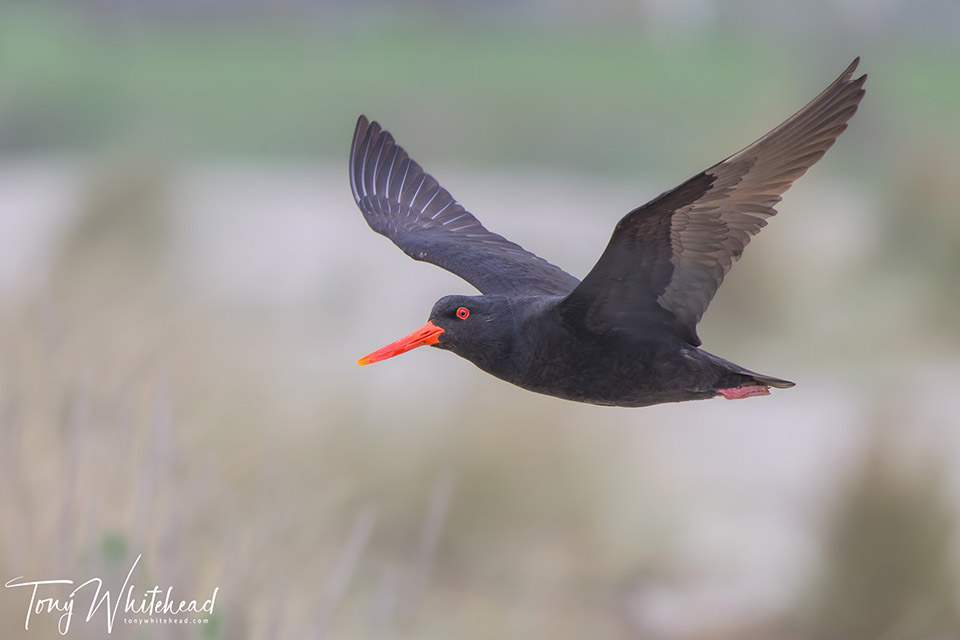
The second point to bear mind is that with the teleconverter, the longer focal length (840mm) is more difficult to use well than a 600mm lens, requiring higher shutter speed and ISO to minimise camera/subject movement. I aim to keep the shutter speed at least 1/2000s and push the ISO high to achieve that. I have absolutely no issue with ISO 6400 and will go beyond that the 12800 or 25600 if needed. I process my RAW files through DxO PureRAW (currently version 4) which does an incredible job. The AI noise reduction in Lightroom is now very similar and achieves excellent noise reduced files with detail. I am happy to accept some underexposure if needed to maintain shutter speed as there is no significant penalty with Nikon Z8 or Z9 ISOless sensors in boosting exposure in post.
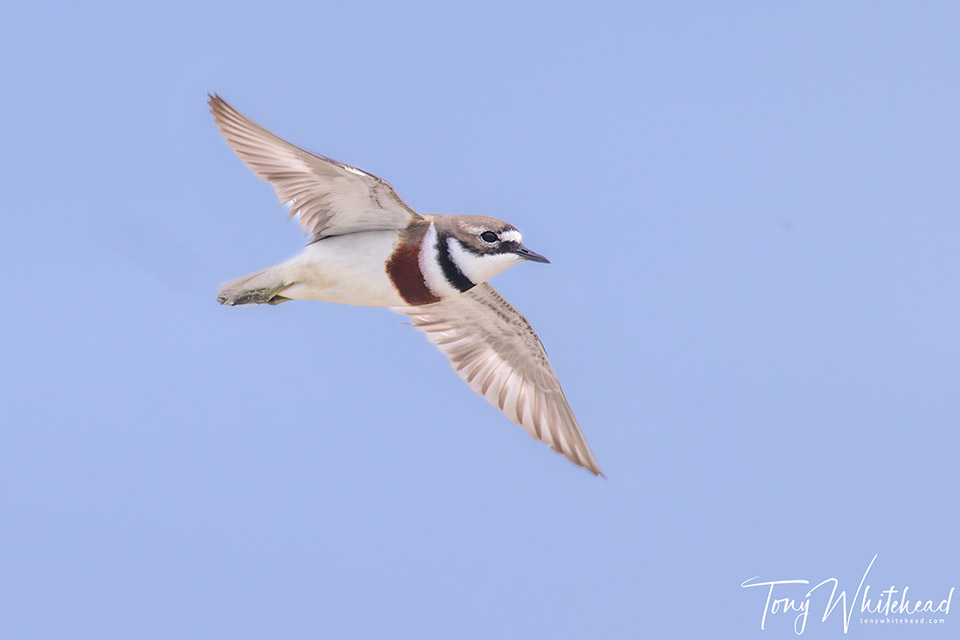
I have my cameras set up to shoot a flat profile so my image previews are quite low contrast and often don’t look too stunning but I much prefer to add contrast to images than subtract it. I do this in Lightroom using selective masks to treat subject and background differentially and fine tune in Photoshop using Nik Color Efex 4. Finally I sharpen using Topaz PhotoAI if required.
Bird in flight photography is a subgenre that is quite demanding as it asks for long lenses, high shutter speeds and high ISO. We need to choose our hardware and software with this in mind and use a workflow to minimise the effect of the compromises we need to accept to achieve our objective. A long telezoom with a teleconverter buys us reach but that reach comes at a price that we need to be aware of and consciously manage.
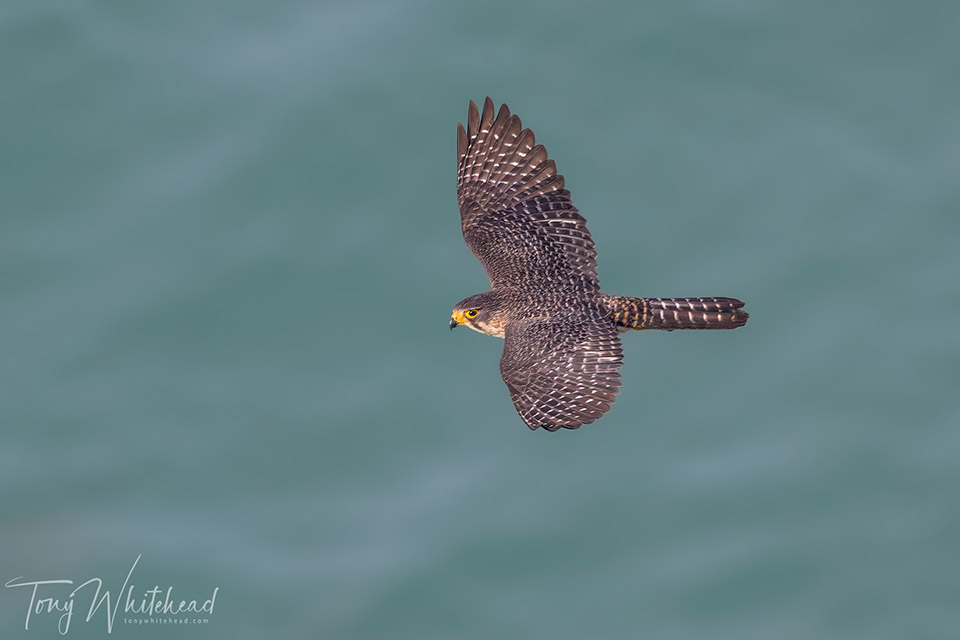
The Nikkor Z 180-600mm f5.6-6.3 VR with the Nikkor Z 1.4x teleconverter is capable of recording extremely sharp images. For stationary subjects the VR enables this to be achieved at ridiculously low shutter speeds but birds in flight requires significantly higher shutter speeds as does any 800mm + telephoto (unless you’re pursuing pan blurs)
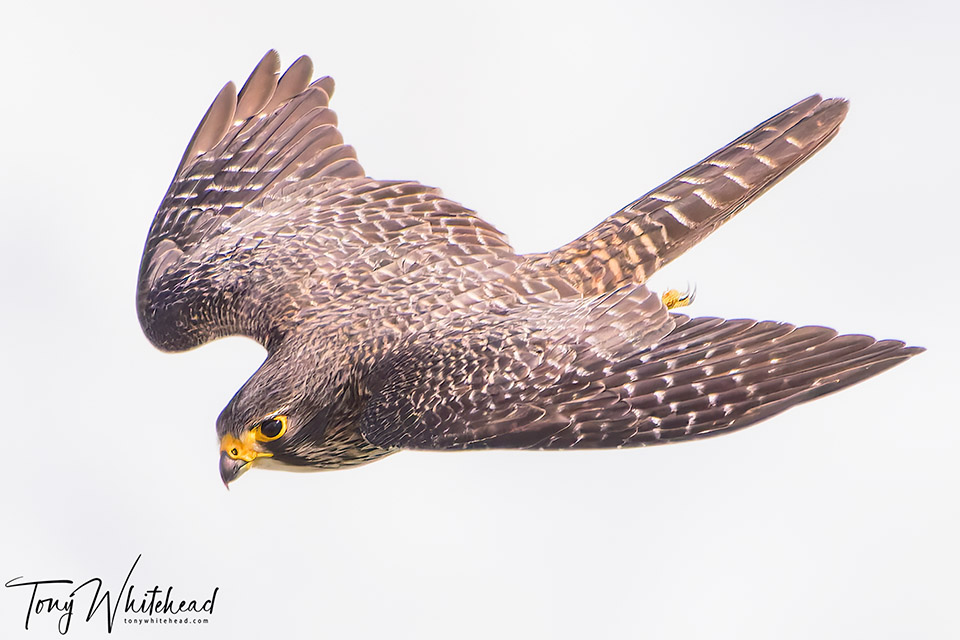
All photos with Nikon Z9 and Nikkor Z 180-600mm f5.6-6.3 VR with Nikkor Z 1.4x teleconverter
